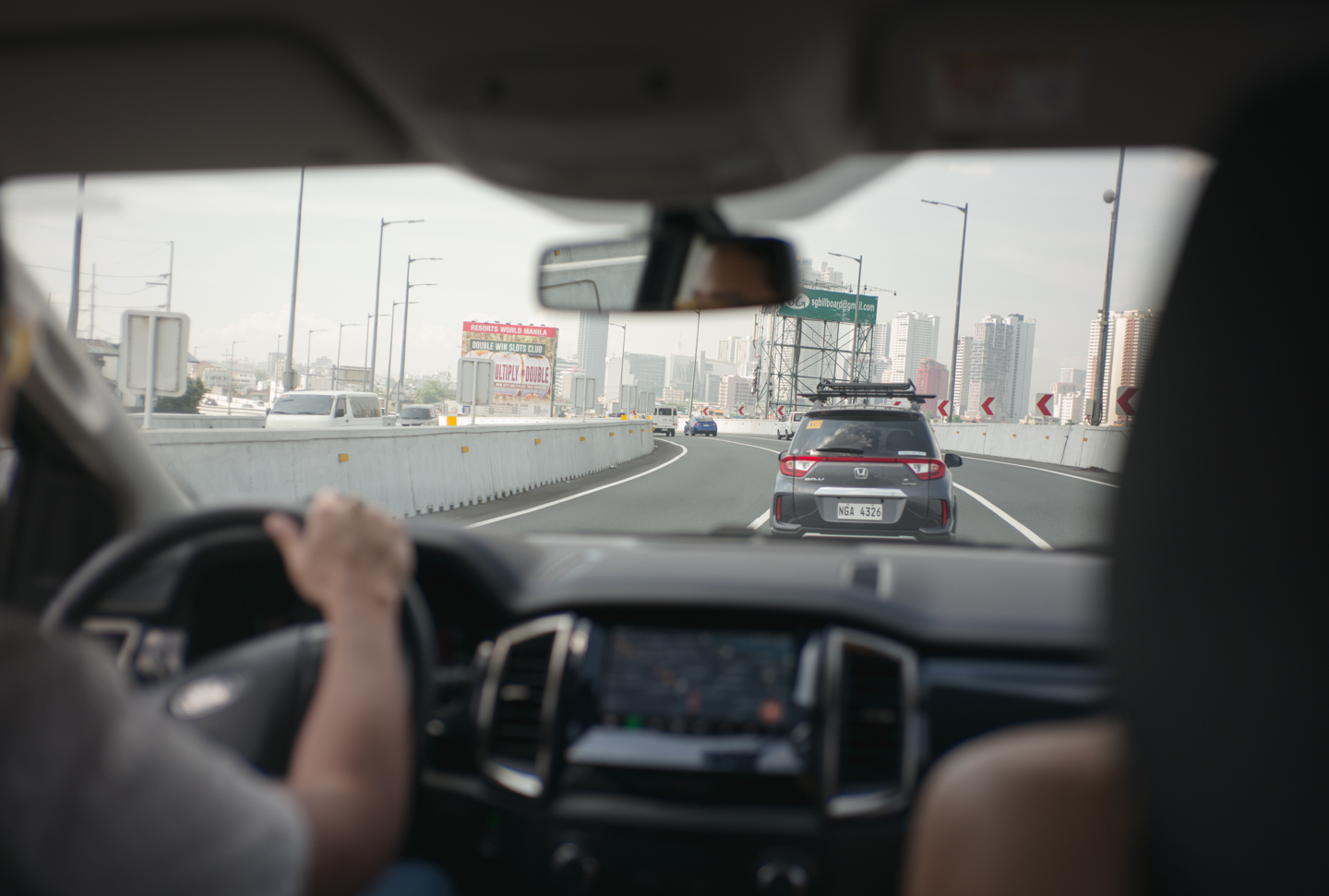
Fuel prices have been moving up and down as of late. More of up, actually. Everyone’s already feeling the pinch whether they’re riders or drivers. Getting the most out of your fuel has become a real and bigger priority now, so we at YugaAuto have come up with five simple tips on how to improve your fuel consumption. Here you’ll find basic premises and tricks that we hope will save you fuel in the long run.

Smaller engines, less fuel needed, and vice versa
Table of Contents
We often hear the saying “there is no replacement for displacement”. Yes, there is truth in this. The smaller the engine’s size is, it theoretically uses less fuel, while having a bigger engine will use more. Take for example motorcycles versus 4-wheeled motor vehicles. With the same type of fuel and in the same conditions, our fellow Riders will get more mileage per tank because their smaller engines don’t guzzle as much gas. On the same token, that 3.0 Mustang won’t get much farther on mileage.
A lot of people in recent years have given up their pint-sized cars in favor of crossovers and SUVs, but if you think about it in terms of recent fuel prices, you’ll get more out of a sub-compact than a big truck. Diesel even overtook gasoline prices a few weeks back, so with the volatility of prices, maybe you should hold on to your smaller car for just a bit longer.
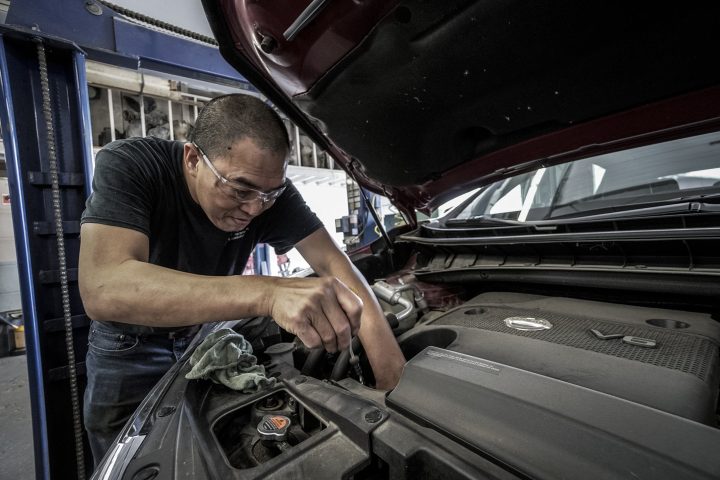
Proper engine maintenance is key
For any motor vehicle owner, this one is a no-brainer. Do not skimp on your engine maintenance. Always make sure that you religiously follow your maintenance schedule; they were made for a reason because the consumable parts you put in your engine – motor oil, oil filter, spark plugs, among others – work optimally for either a certain amount of kilometers or months. If your engine’s feeding off of sub-par materials, then it’s very safe to assume you’re going to be in trouble.
If you have an engine that uses proper oil, good-firing spark plugs, and clean filters, then your efficiency goes up. With higher efficiency, you end up using less effort and ultimately less fuel to keep your engine running and car moving.
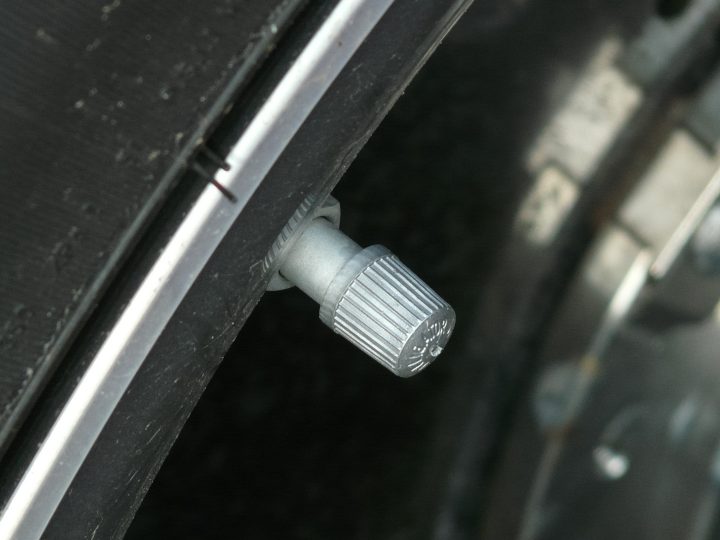
Inflate your tires to the right pressure
Here’s another thing that many vehicle owners tend to neglect. The principle here is that with underinflated tires, your contact patch with the ground becomes wider. A wider contact patch results in more friction, and more friction results in greater resistance, and greater resistance requires more effort to get anything moving.
Aside from fuel consumption, proper inflation also helps in preserving your tires’ life span. But we will discuss that in another article.
Also, in contrast to underinflation, there are currently no studies that show how overinflation affects fuel consumption. While we’re all trying to figure that one out, keep in mind that for every 1% of tire underinflation, that results in a reduction of about 0.3% in your fuel economy. We can thank the National Highway Traffic Safety Administration (NHTSA) in the United States for that info.
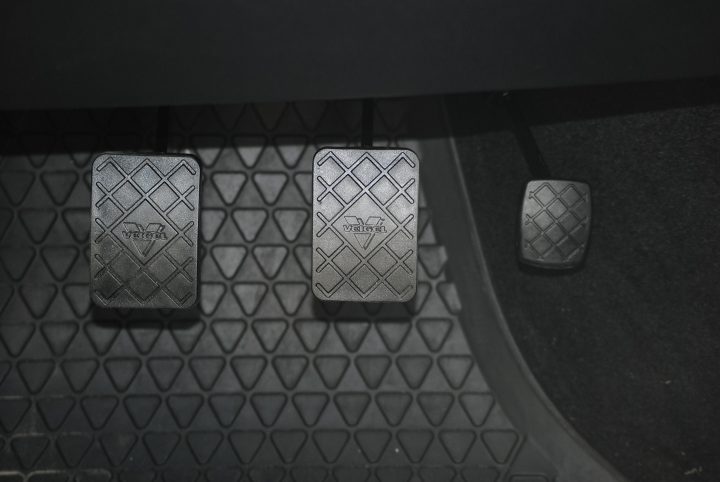
Keep a light foot on the gas pedal
This one’s a bit easy. The amount of input you use to step on the gas pedal is directly proportional to the amount of fuel being delivered to and used by your engine. How do we address this? We just have to not mash on the accelerator. There is a certain point at which any vehicle starts moving when you step on the gas, and you have to familiarize yourself (and your foot) with that level of pedal input.
For automatic cars, once you’re engaged in Drive, your car starts moving as soon as you lift the brakes. For manual cars, you just have to be mindful of when you pop the clutch and when you need to start the proverbial “timpla” between the clutch and gas pedals. It takes a bit of practice and experience, but that’s what we’re here for. To learn as much as we can, right?
This also means that should you feel the need to go racing and blast past cars on highways, then that’s definitely not going to help your cause. Refrain from scratching that speedster itch, more so at a time like this. It just uses too much fuel, and in uncontrolled environments, it’s dangerous.
Take note, though, that driving slower does not immediately equate to lower fuel consumption. Remember that there are optimal gears and engine speeds at which any motor vehicle is at its most economical, so cruise with both caution and confidence.
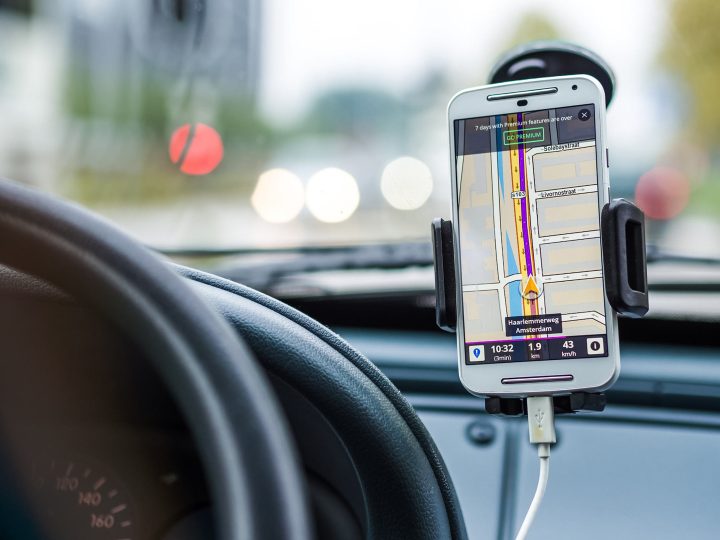
Plan your routes, and go out only if absolutely necessary
Most of us don’t really have a choice, do we? Even if we want to just stay indoors, there are a lot of times that we just need to go out for our jobs, necessities, and maybe a much-needed coffee run. In these cases, after carefully considering the above-mentioned items, you’re left with but one recourse: plan what routes to take and when you’ll take them.
Traffic jams are also another factor that consumes more fuel. The more you’re stationary, the more gas you’re bound to use. This is multiplied more by scorching temperatures. Stop and go traffic means your vehicle doesn’t reach the “optimal gear and engine speed to be economical” that we mentioned above, so avoiding gridlock is a very good way to save fuel.
–
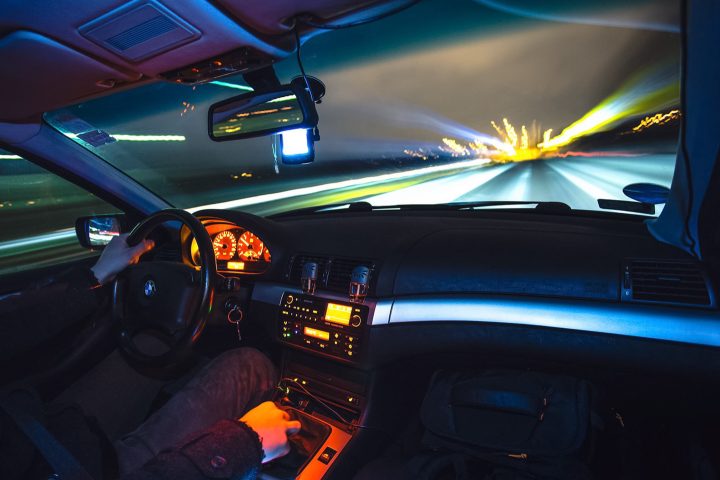
After all of these, we’re sure you have your own practices and “diskarte” to save or improve your fuel consumption. If you do, please do let us know. We’re here to help educate, and be educated as well, so your feedback as our readers means a lot to us.
So, until then, try to remember these five things. They might be able to save you a liter or two while we wait for fuel prices to become stable again. Every drop of fuel counts.


